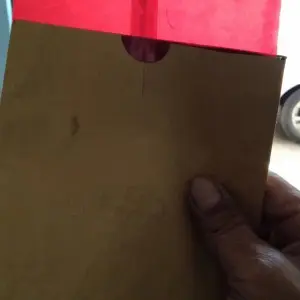Srp . 20, 2024 07:52 Back to list
Innovative Techniques for Enhanced Pollination in Pear Tree Cultivation
High-Quality Advanced Pollination Methods for Pear Trees
Pollination is a crucial process in the reproduction of flowering plants, including fruit-bearing trees like pear trees (Pyrus spp.). Effective pollination leads to higher fruit yields and improved fruit quality. As the demand for high-quality pears continues to grow, growers are increasingly seeking advanced pollination methods to enhance their production. This article explores various high-quality advanced pollination techniques for pear trees.
One of the most common and effective methods of pollination for pear trees is cross-pollination. While some pear varieties are self-pollinating, many require pollen from another variety to produce fruit. Thus, selecting compatible pollinators is essential. Growers typically plant at least two different pear varieties within close proximity to ensure that pollen from one variety can effectively fertilize the blossoms of another. Popular pairings include ‘Bartlett’ and ‘Bosc’, or ‘D’Anjou’ and ‘Comice’. This diversity not only enhances pollination but also promotes genetic variation, leading to healthier trees.
In addition to traditional planting strategies, intercropping has emerged as an advanced method to enhance pollination. By planting flowering plants that attract pollinators, such as bees, alongside pear trees, growers can create a more conducive environment for pollination. Species like clover or wildflowers can provide additional forage for bees and other beneficial insects, increasing their activity around the pear blossoms. This method not only supports natural pollinators but also fosters biodiversity within the orchard ecosystem.
Another innovative approach is the use of managed pollinator services. Professional beekeepers can introduce hives of honeybees to pear orchards during the blooming season. Honeybees are highly effective pollinators, as they can cover large areas and visit thousands of flowers in a single day. This strategy ensures that the pear trees receive abundant pollen, significantly improving fruit set and size. Growers should consider the timing of introducing hives, as aligning the pollinator's presence with the peak bloom period of the pear trees maximizes pollen transfer.
high quality advanced pollination methods of pear trees

In recent years, technology has also played a role in enhancing pollination processes. Drone technology has been explored to assist in pollination. Researchers are developing drones that can carry and distribute pollen directly to flowers, mimicking natural pollinators. While still in experimental stages, this method shows promise for areas where natural pollinator populations are declining or where environmental conditions hinder traditional pollination techniques.
Moreover, the use of controlled-environment agriculture (CEA), such as greenhouses, allows for even greater control over pollination conditions. In CEA systems, growers can optimize temperature, humidity, and light conditions to favor pollination and fruit set. Introducing bumblebees into greenhouses is a common practice that significantly increases pollination success, as these bees are more effective in enclosed environments compared to honeybees.
Lastly, understanding the biology of flowering and pollination can improve timing and methods. Monitoring the bloom stages of pear trees helps growers determine the optimal time for introducing pollinators. Additionally, horticultural techniques such as blossom thinning and hormone treatments can be employed to enhance fruit set.
In conclusion, the adoption of high-quality advanced pollination methods for pear trees is essential for maximizing yield and improving fruit quality. By combining traditional practices with innovative techniques such as intercropping, managed pollinator services, technology integration, and controlled environments, pear growers can significantly enhance the pollination process. As we continue to prioritize sustainable agriculture, these methods not only ensure robust pear production but also contribute to the health of ecosystems and the viability of agricultural practices worldwide.
-
Artificial Pollination Solutions for Pear Trees Auxiliary Pollination Services & Pricelist
NewsJun.10,2025
-
Bagging Paper Bag for Fruit - Wholesale Suppliers & Manufacturers for Fruit Factories
NewsJun.10,2025
-
Premium Apple Birch Tree Pollen Suppliers Quality Exporters
NewsJun.09,2025
-
Lorado Pollen Suppliers Pure Apricot Flower Pollen Collection
NewsJun.09,2025
-
Premium Mulberry Pollen Natural Source for Bee Health & Nutrition
NewsJun.09,2025
-
Optimize Cross Pollination Functions Top Manufacturers & Suppliers
NewsJun.09,2025